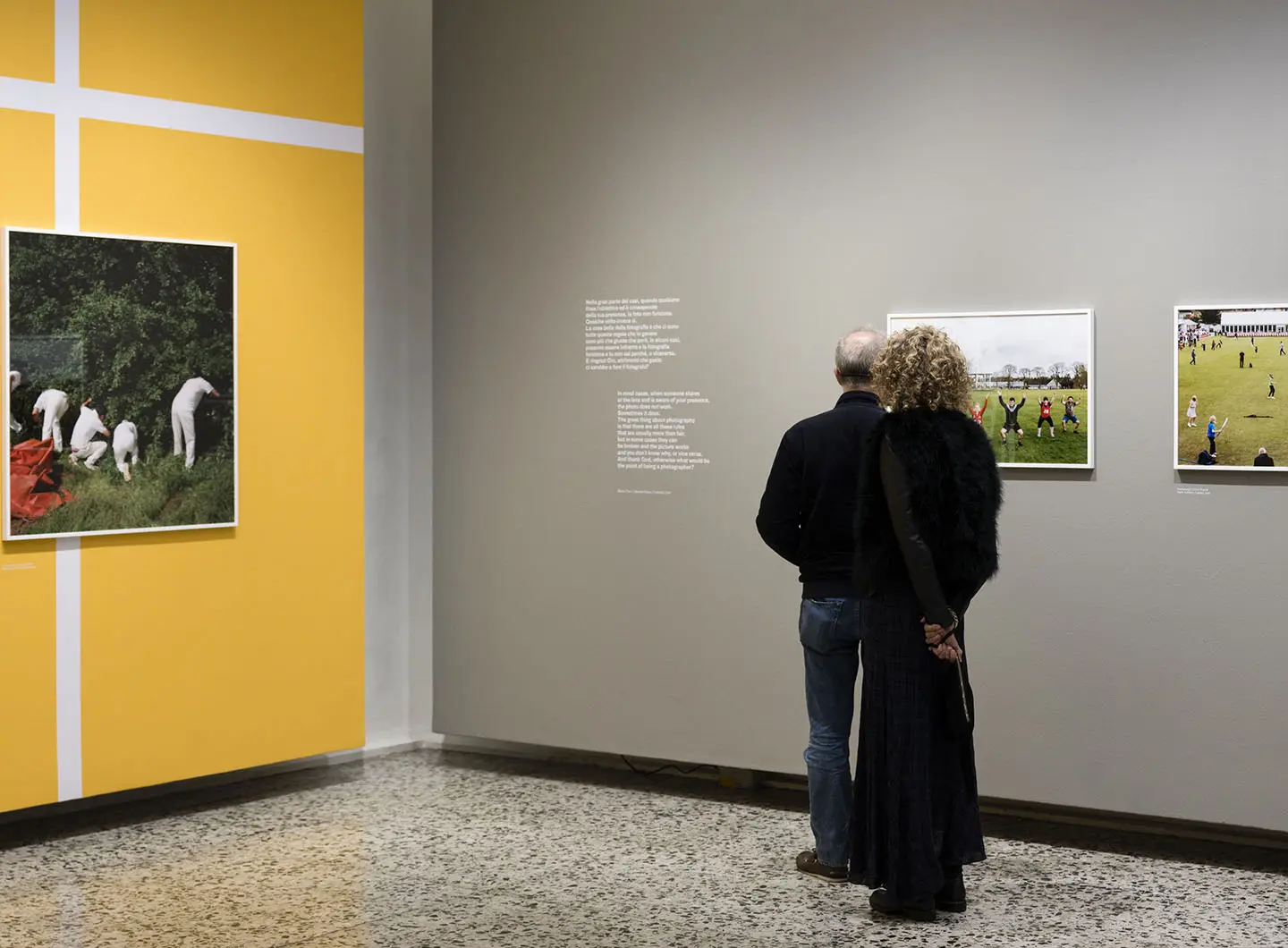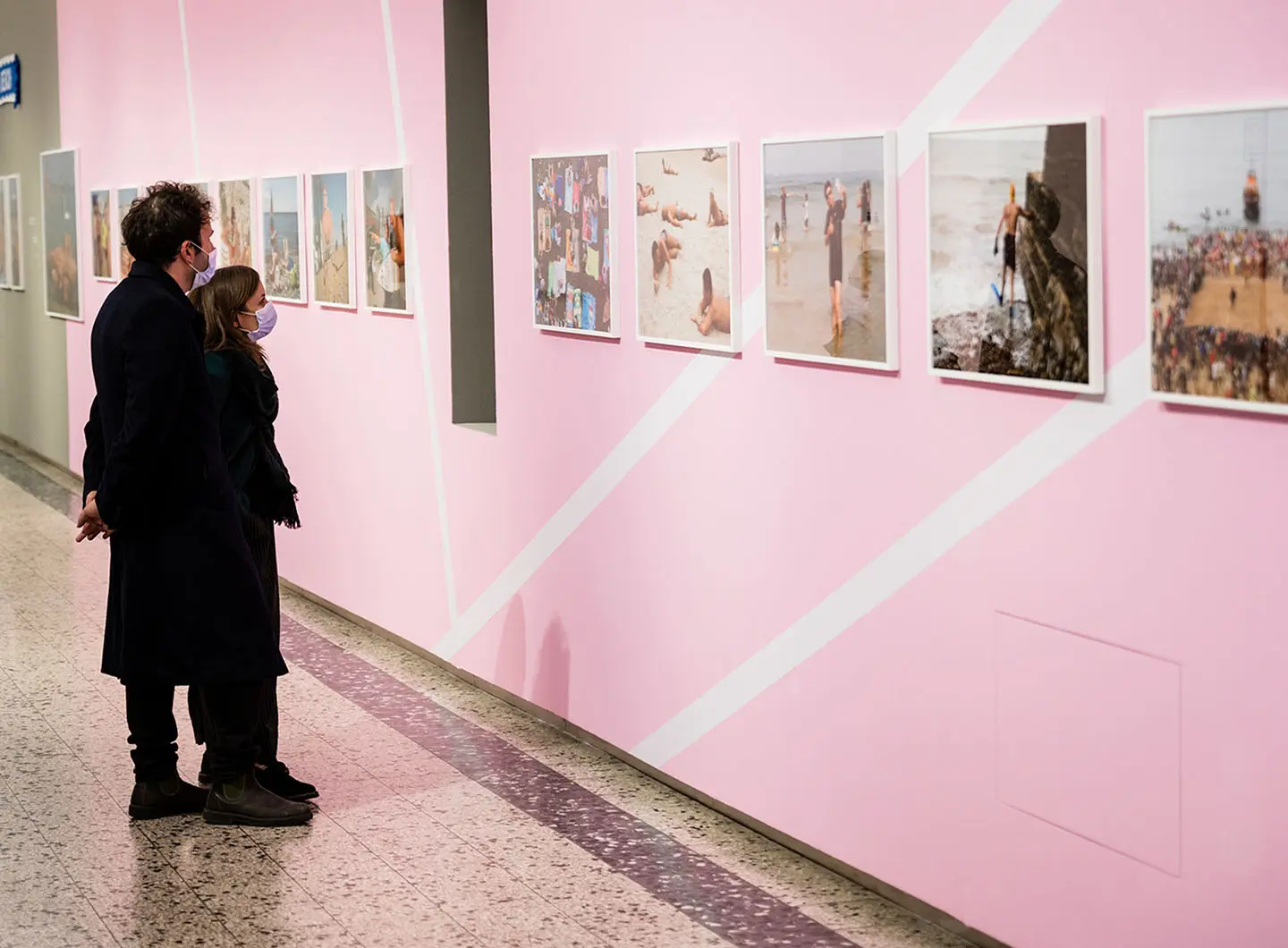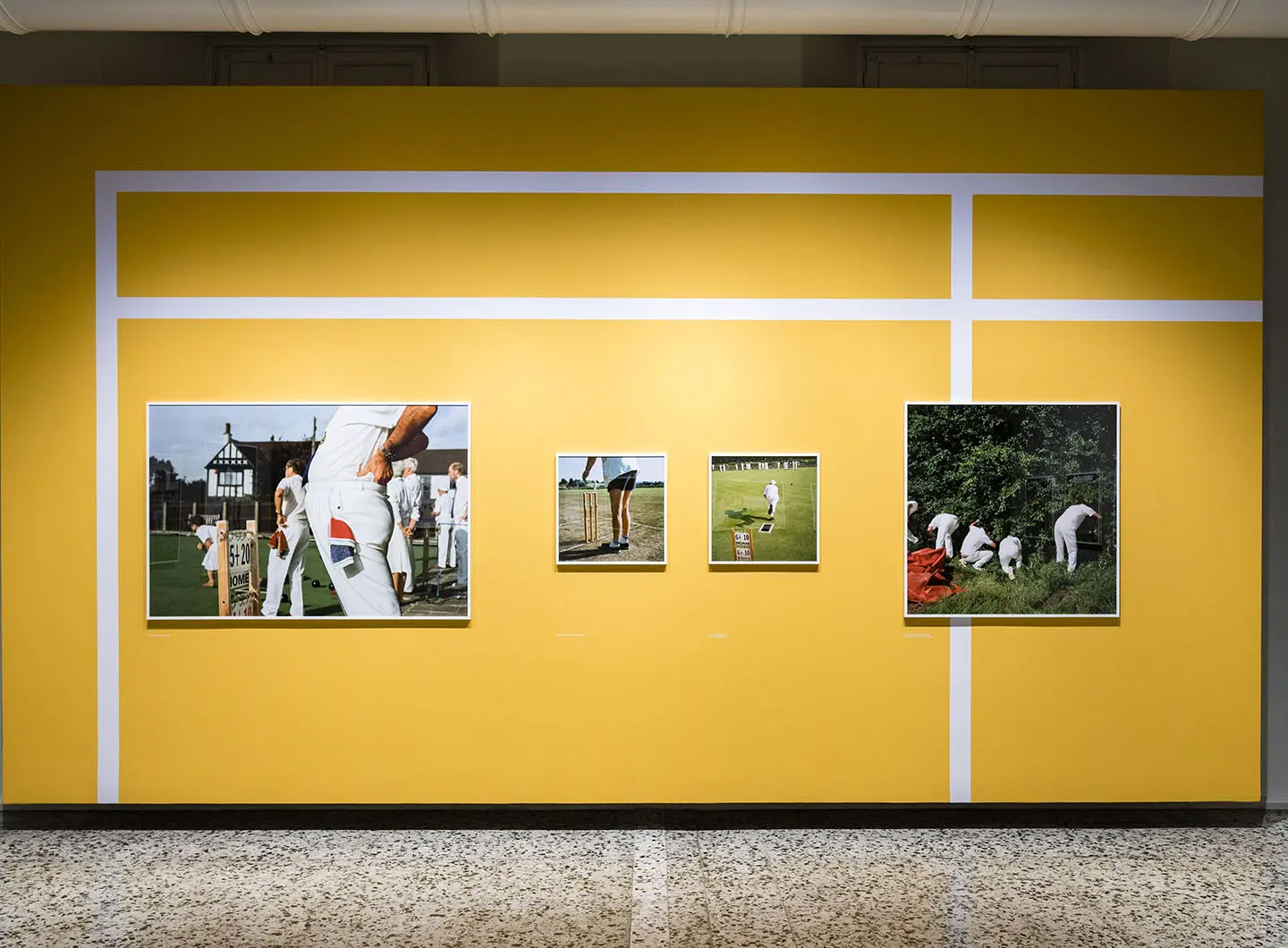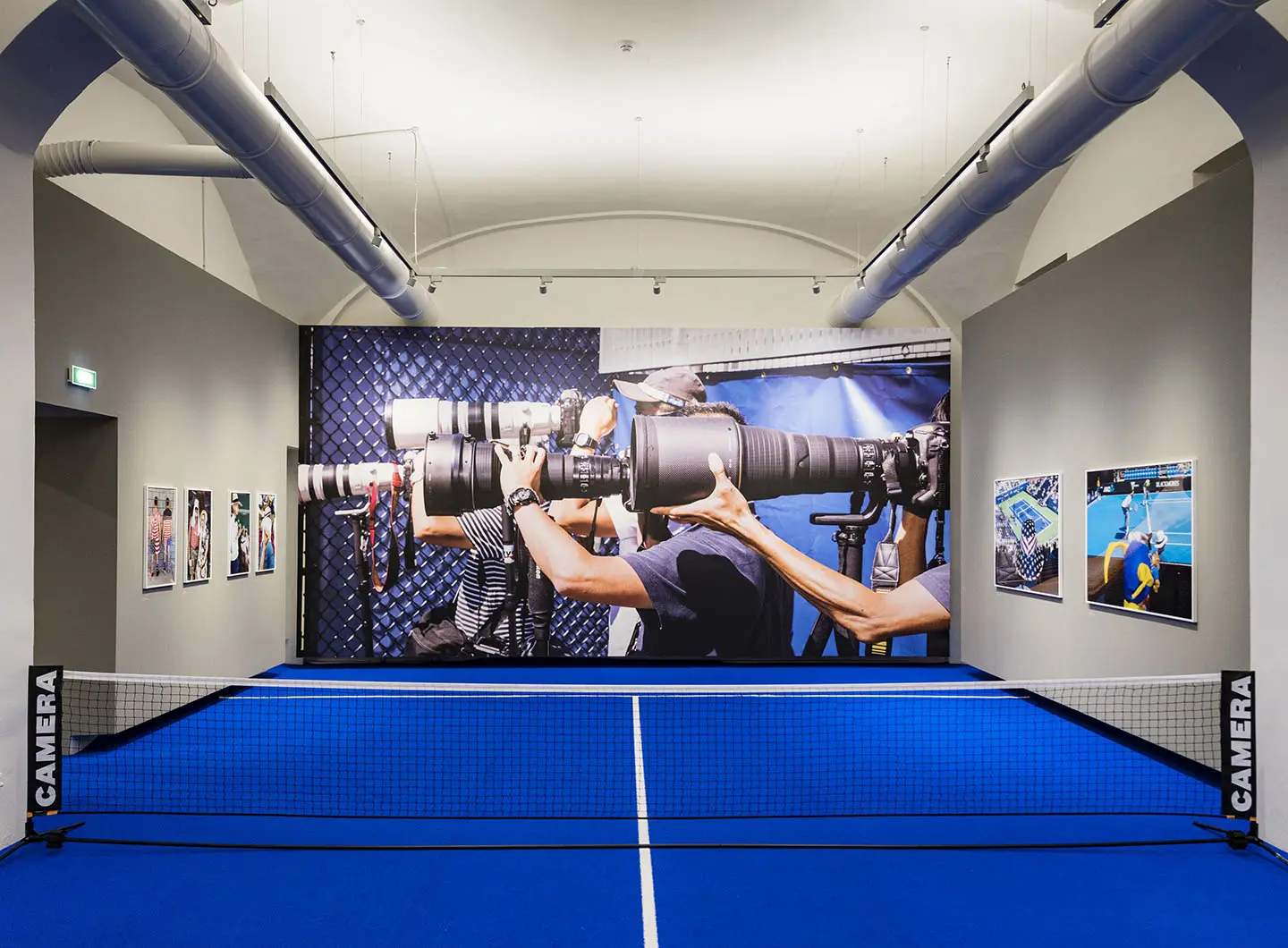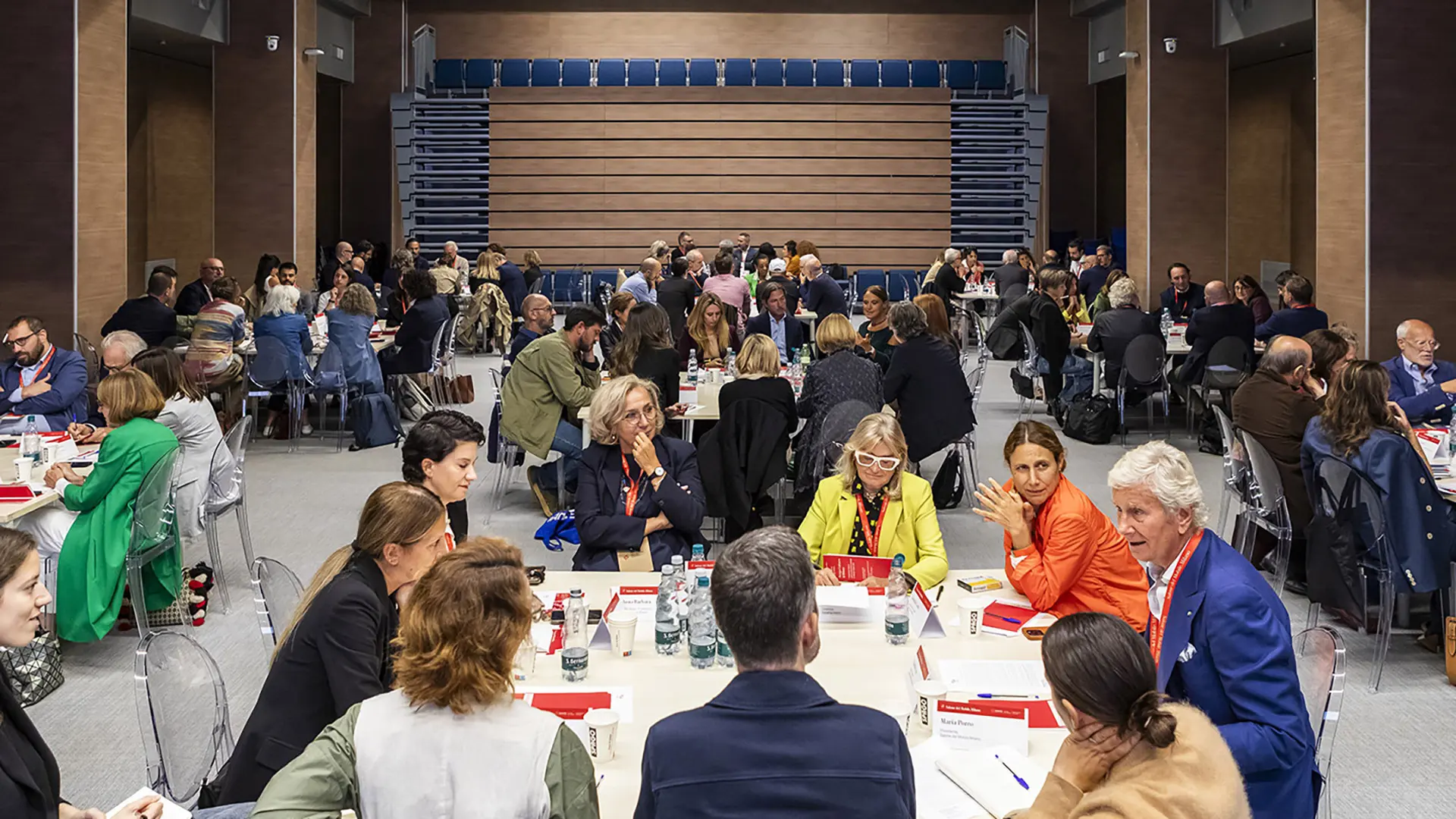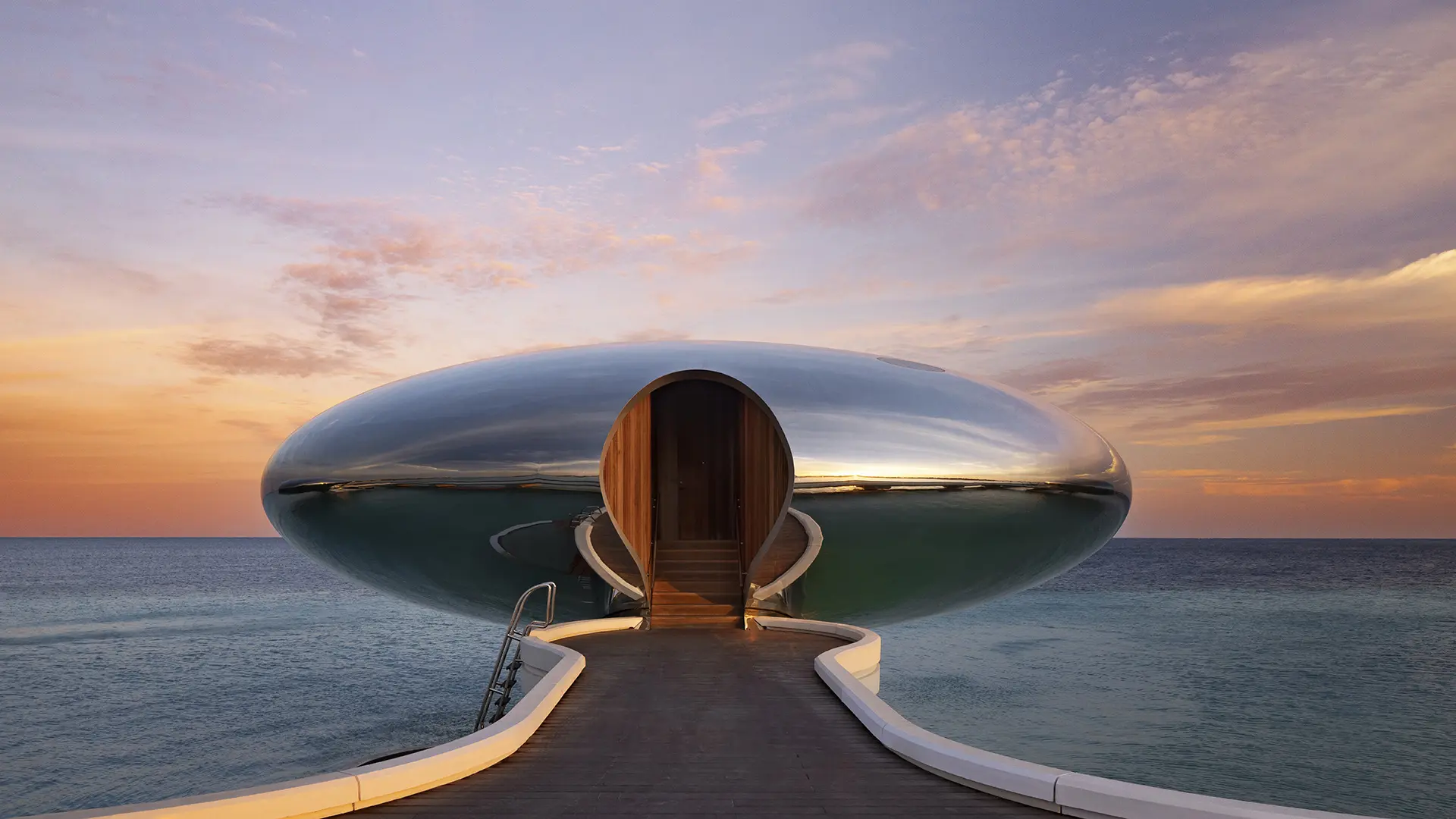The survey conducted by NIQ-GfK Italia for Assobagno di FederlegnoArredo examined 3,000 consumers in Italy, France and Germany. The data confirm the centrality of the bathroom and highlight some (pleasant) surprises
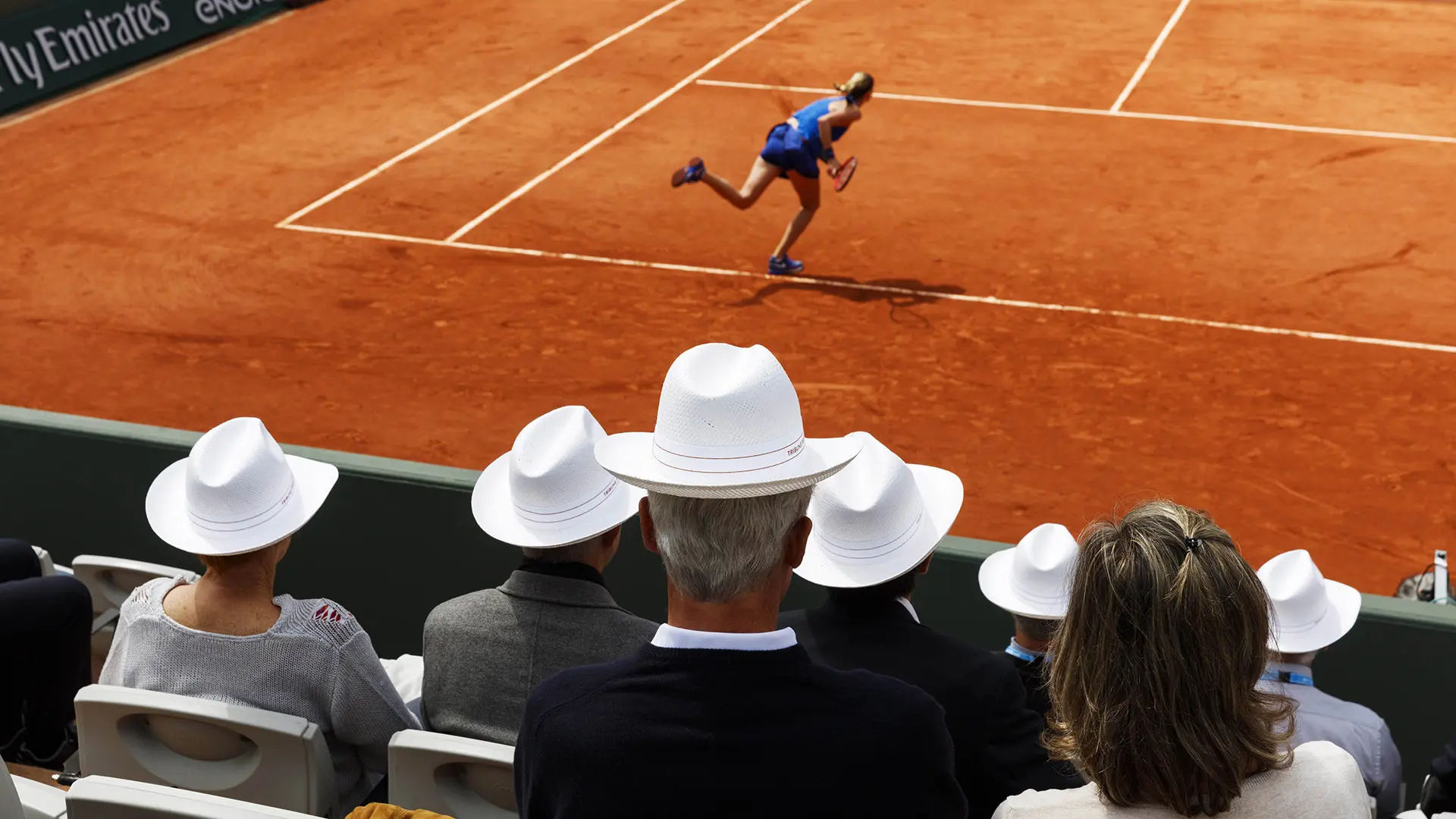
© Martin Parr / Magnum Photos
A thematic selection of photos tracing the protean work of the British photographer: sports (and related fields).
Martin Parr is one of the greatest living photographers, not just because he invented his own language, but also because that language is necessary and militant whilst also highly entertaining.
Parr has brought some typically British attitudes into photography – a witty, yet caustic and complicit approach to socio-anthropological portraiture (which has made the fortune of many British pop groups, from the Kinks to Blur) and semantic terrorism, an ontological attack putting the spotlight on the world camouflaged by a shrewd tagline (which made the fortune and the misunderstanding of Oscar Wilde amongst many others).
Martin Parr found himself at the right time – with leisure time invented, democratised and imposed as a duty of working to middle class consumers – and discovered the right places for himself: places of consumption and entertainment in the widespread society of wellbeing following the post-War boom.
He eschewed the classic doleful photo subjects (war zones, mental hospitals, African villages etc.), seeking out the realism of his own age on the beaches, in theme parks, in the (non) places of mass tourism where he wasn’t interested in the tourist attractions but focused on the crowds.
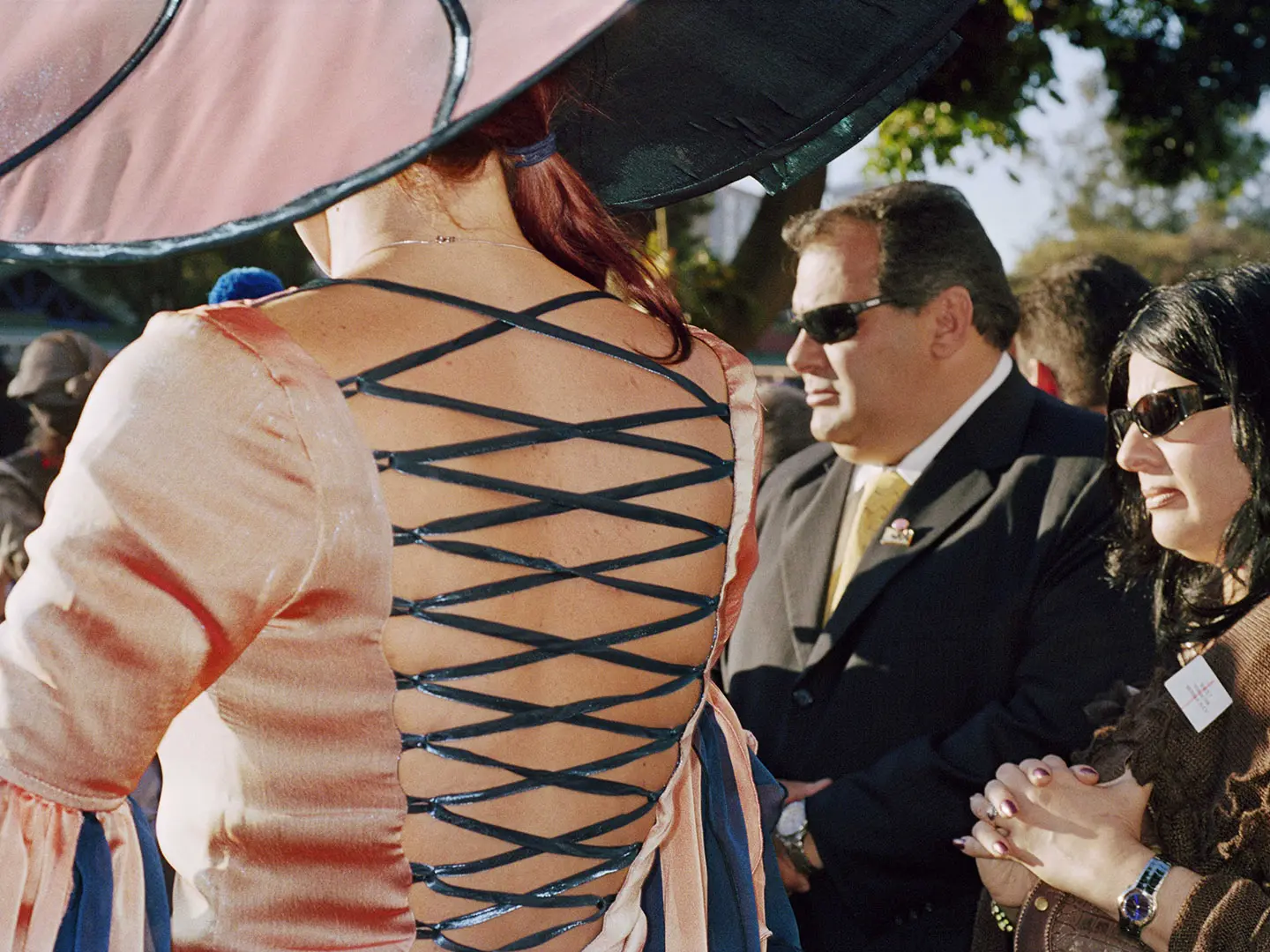
Caption © Martin Parr / Magnum Photos
In the wake of American pioneers such as William Egglestone who vindicated non-noble subjects, Martin Parr joined the ranks of other European pioneers such as Luigi Ghirri, in wanting to demystify the aura around photographic images, and strip them of their pretensions to being pure visions, the first of their kind.
Not surprisingly, one of the most of iconic photos in the show is Kleine Scheidegg, taken in 1994, in which the hierarchy between actual reality and representation is turned on its head. In a late-capitalist society, observing the reality of things meant constantly coming up against reproductions and other images.
Parr and Ghirri were among the first to grasp the need to incorporate them to create images of alienated and alienating images transmitting a socio-anthropological message rather than providing detached aesthetic pleasure.
Like Oscar Wilde’s aphorisms, the humorous side of Parr’s photos derives from subverting logical expectations, by incorporating an absurd element that feels completely natural, or a deviant perspective. As a scientist, he hones a technical style through the use of macro lenses and close-ups at a distance that does not influence the behaviour of a subject / object of study subjected to the extreme proximity of an entomological study.
They are sporting photos, in which the athletes, like the monuments in his tourism series, can be briefly glimpsed, if and when they are to be seen at all. Parr is interested in the ritualistic and social side of sport, and therefore in the spectator rather than the champion, the play time rather than the athletic endeavour, the kitsch rather than the fanfare.
If we reorganise the images into chronological order, we can see how Martin Parr’s poetics have evolved: his bold used of colour and choice of subjects remain constants, but a sort of gradual giving into chaos can be evidenced, especially in the shots taken at the US Open, in which the disorderly and hysterical crowds tend towards expressionist distortion.
If the early Parr was still seeking a sense of the forms of the world, no matter how oblique, comical or grotesque, his more recent scenes allude to Flemish infernos in a contemporary key, the monstrous faces reminiscent of Hieronymous Bosch’s Christ Carrying the Cross. In the end, Martin Parr’s greatness also lies in his power to evoke Rafael Nadal, Tom Wolfe and Hieronymus Bosch, all with the same photograph.


 Salone Selection
Salone Selection

